A truly valuable free market will not fear the sword of the law.
Written by: Daii
Last week (March 24), to terminate the investigation, Galaxy Digital agreed to pay $200 million in settlement to law enforcement. In fact, the $200 million is essentially a fine, a price to stop the New York Attorney General from continuing the investigation.
I originally wanted to take this week to discuss how Galaxy used Luna to inflate and defraud its fans. I have seen the documents from the New York Attorney General's office, which detail how Galaxy inflated (Pump) while dumping (Dump) their assets.
Let me start with a detail: the documents describe in detail how Mike Novogratz, the CEO of Galaxy, used tattoos to pump up Luna.
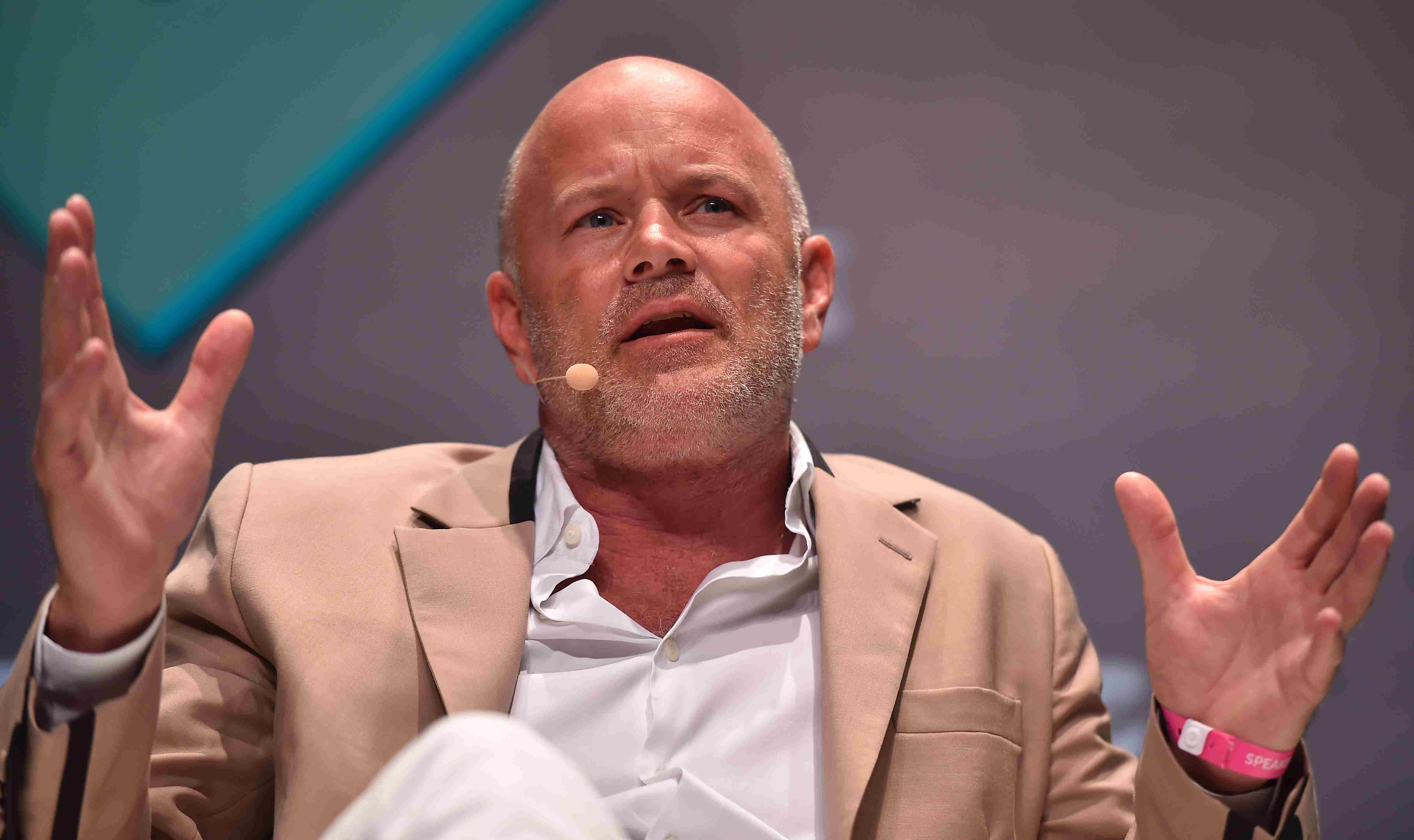
On March 26, 2021, Novogratz promised on Twitter that if Luna broke $100, he would get a Luna tattoo (see below).
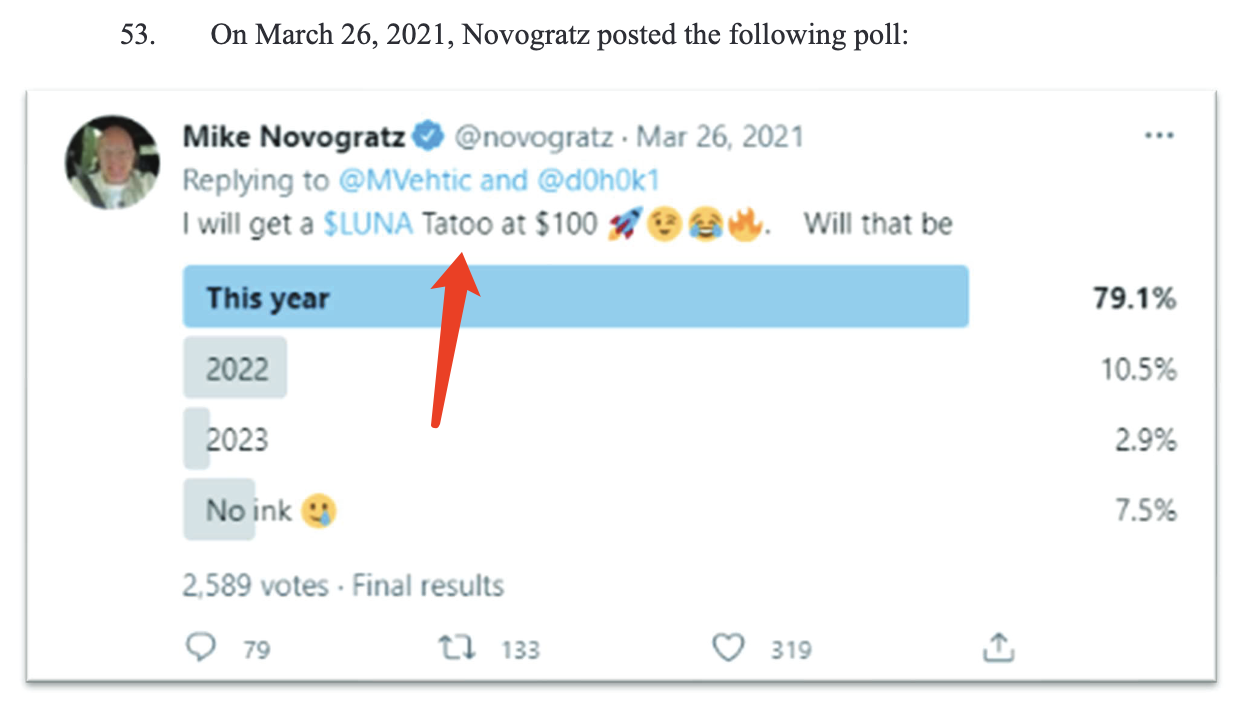
On December 24, 2021, Novogratz tweeted again, stating that Luna had reached $100, and he would commemorate this moment with a cool tattoo. As for how he would tattoo it? He was looking for inspiration (see below).
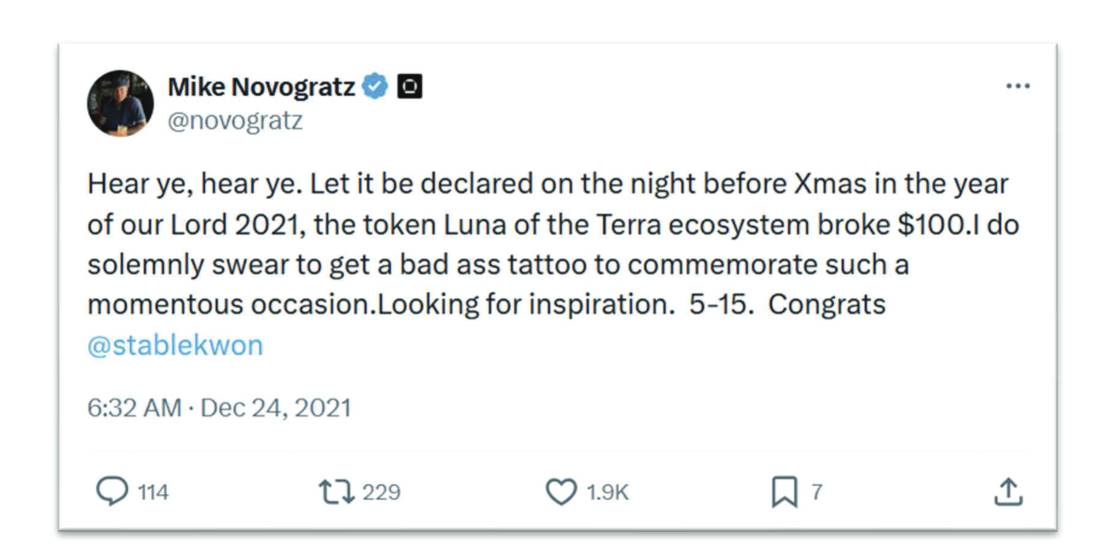
Surprisingly, on January 4, 2022, the same day he sold 165,000 Luna at an average price of $86, he posted that tattoo image that sparked frenzy (see below).
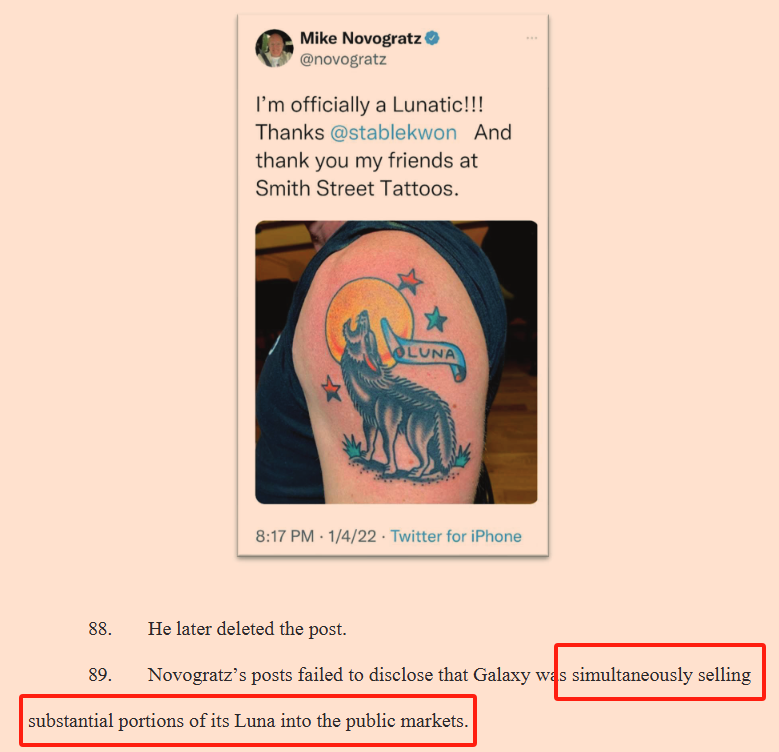
However, his post made no mention of selling Luna.
What do you think? Isn't it shocking?!
It is indeed rare for a person to be so inconsistent in words and actions; it shows a ruthless pursuit of money. There are even worse tactics than this, which we will discuss later.
Today, we first need to address a big question.
Is Galaxy truly wronged? Did Novogratz really deceive?
You might find this question strange, and I find it strange too, but why are so many KOLs shouting injustice for Novogratz?
1. KOLs Shouting Injustice for Galaxy
Galaxy Digital's payment of $200 million to terminate the investigation has sent shockwaves through the crypto community, drawing strong dissatisfaction from many well-known KOLs. Many expressed their sympathy and support for Novogratz passionately on Twitter and podcasts, with some even suggesting that this case is merely a carefully designed "judicial kidnapping."
The most impactful shout of injustice came from Anthony Scaramucci, founder of SkyBridge Capital.

Scaramucci is known for his sharp words. His outcry also triggered coverage from blockchain media, with Cointelegraph's headline reading: "NAYG lawsuit against Galaxy was 'lawfare, pure and simple' — Scaramucci."
On March 28, he bluntly stated in a tweet that this lawsuit is purely "LAWFARE" (legal warfare), a blatant case of judicial bullying!
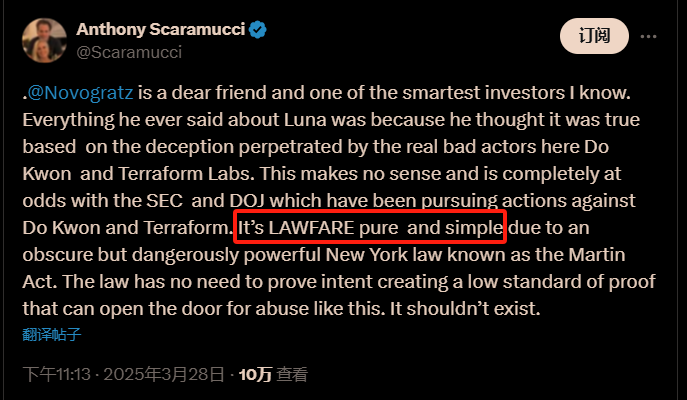
He said that New York State uses an overly broad law—the Martin Act—which does not require proof of the defendant's fraudulent intent, allowing businesses to succumb and pay to settle. His words were sharp and to the point. This tweet garnered thousands of retweets and likes overnight, quickly fermenting in the crypto community.
It seems that all the doubts focus on the—Martin Act—this law, because this law gives the Attorney General the privilege of not needing to prove the defendant's fraudulent intent, which is why Galaxy had to pay $200 million as "ransom."
So, what exactly is the "Martin Act" that Scaramucci mentioned?
2. The Martin Act
To understand why Galaxy Digital willingly paid $200 million in "settlement," we must first clarify the background of this "judicial bullying" tool—the Martin Act.
This law, born in 1921, is known as "Wall Street's most severe weapon." Today, it is causing a stir in the crypto community.
2.1 Why is the Martin Act the most severe?
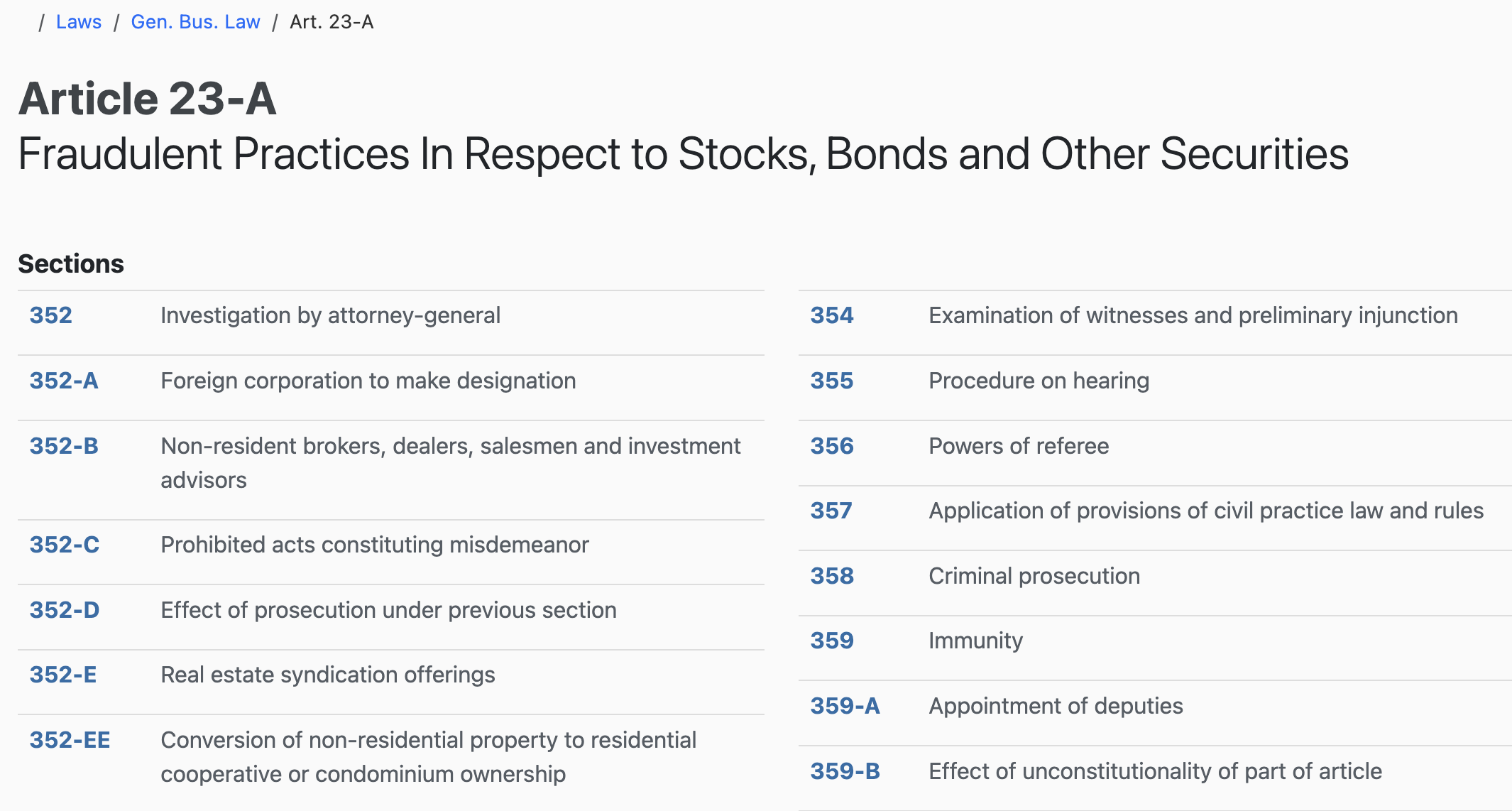
The Martin Act, officially known as New York General Business Law Article 23-A, is one of the first state laws in U.S. history specifically targeting fraud in the securities and commodities markets. This law grants the New York Attorney General (NYAG) broad investigative and prosecutorial powers to investigate fraud in securities and commodities transactions occurring within or from New York State.
It is called "severe" for two key reasons that differ from ordinary securities laws:
No need to prove fraudulent intent (Scienter)
Ordinary securities fraud cases require proof that the fraudster intended to deceive investors. However, the Martin Act is different: the New York Attorney General (NYAG) only needs to prove that the defendant's actions could mislead investors to initiate a case. Even if the defendant did not act intentionally, they can still be deemed illegal.
No need to prove specific economic loss
In general fraud cases, investors must clearly demonstrate that they suffered specific economic losses due to the fraud. However, under the Martin Act, even if investors have not yet suffered actual economic harm, as long as the fraudulent behavior itself has the potential to mislead the public, the New York Attorney General can immediately intervene and investigate.
In short, the Martin Act is a highly "preventive" law that grants law enforcement nearly absolute initiative.
2.2 Why does the Martin Act exist?
In the early 20th century, the U.S. financial market expanded rapidly, leading to frequent securities fraud incidents. Around 1920, states across the U.S. began passing securities regulation laws known as "Blue Sky Laws," and New York was no exception. New York State Senator Louis Martin proposed this act in 1921 after witnessing many people being defrauded by false securities promotions.
The legislative background at that time was very realistic: many investors suffered heavy losses due to false advertising, but proving fraudulent intent was exceptionally difficult. Therefore, the Martin Act provided the Attorney General with the ability to quickly protect investors with a very low burden of proof.
Initially, its role was limited to combating obvious securities scams, but later developments caused it to far exceed its original goals, becoming New York State's most powerful legal tool for financial market regulation.
2.3 What is special about the Martin Act?
The Martin Act's power is mainly reflected in the following three key points:
Unique enforcement power concentrated in the Attorney General
The Martin Act does not grant ordinary investors the right to private lawsuits; enforcement power is entirely concentrated in the New York State Attorney General's office. Any investor wishing to use this law to protect their rights can only do so by complaining to the Attorney General, who will decide whether to initiate an investigation or prosecution. This extremely centralized power structure makes the Martin Act particularly powerful.
Broad and secretive investigative powers
The Attorney General can initiate investigations without needing to prove reasonable suspicion. The investigation process is strictly confidential, and they can issue subpoenas to any relevant parties for information; anyone leaking investigation information may be charged with a misdemeanor.
Severe penalties
Violators face not only hefty fines but also potential injunctions or even criminal prosecution. Recent cases, such as the $200 million fine paid by Galaxy Digital and the $450 million fine against the Trump Organization, reflect the strong punitive power of this act.
Despite its strength, the Martin Act was nearly forgotten by the market for decades after its inception. It wasn't until 2002, when Eliot Spitzer became New York State Attorney General, that this long-dormant law was revived.
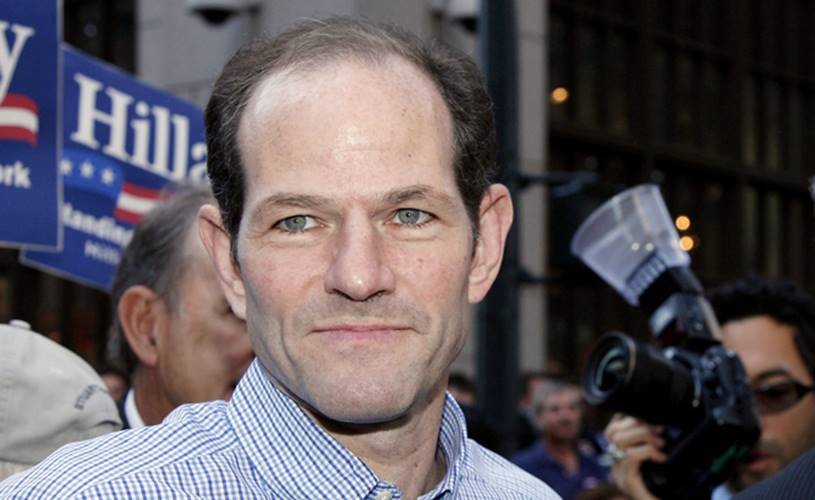
3. The Martin Act in Action
If laws had personalities, the Martin Act would undoubtedly be an aggressive and forceful character. Although it was born a century ago, it only truly came into play in the early 21st century, causing repeated storms on Wall Street, with the Merrill Lynch case, the global settlement of the top ten investment banks, and the Trump Organization case being the most notable.
3.1 The Merrill Lynch Case: The Fall of Wall Street's "Big Short"
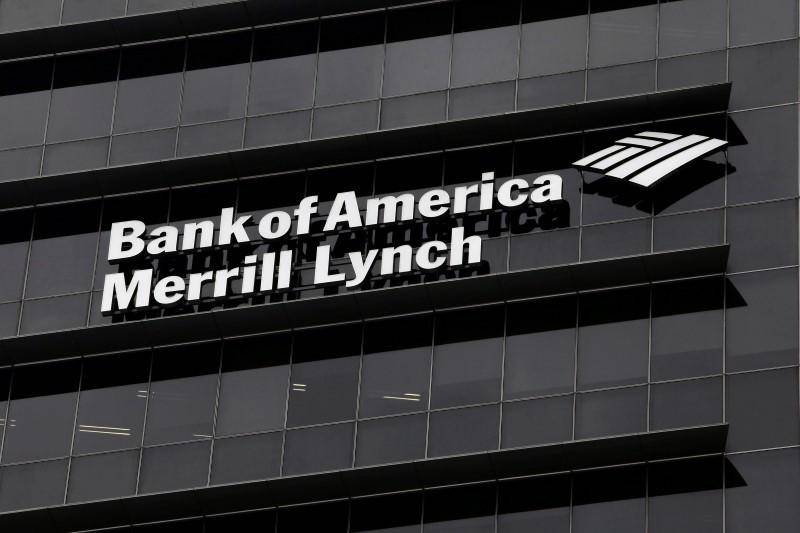
The case that initially shook Wall Street due to the Martin Act was the 2002 Merrill Lynch case. The protagonist of this case was Eliot Spitzer, who had just taken office as New York State Attorney General.
In early 2002, the U.S. stock market was mired in the winter following the burst of the internet bubble. Investors faced significant losses, and Wall Street was in a state of panic. At this time, Spitzer decided to target Merrill Lynch. He discovered that Merrill Lynch analyst Henry Blodget had serious conflicts of interest when issuing analysis reports: he publicly recommended that investors buy certain tech stocks, but privately described these stocks in internal emails as "garbage" and "worthless."
For example, Merrill Lynch publicly advised clients to buy shares of the internet company Infospace, but Blodget privately emailed that "this company is garbage, absolutely not worth touching." Similar examples were rampant, and these deceptive practices led to massive losses for tens of thousands of investors.
Spitzer leveraged the low burden of proof under the Martin Act, which did not require him to prove whether Blodget had malicious intent; he only needed to point out that these false promotions misled the public to take direct action. Merrill Lynch had no way to refute this and ultimately had to pay a hefty fine of $100 million to settle, while also publicly committing to decouple analyst compensation from investment banking activities. This action severely damaged Merrill Lynch's reputation and made Wall Street truly wary of the Martin Act.
3.2 The Global Settlement of the Top Ten Investment Banks: A Century-Defining Trial that Shook the Financial World
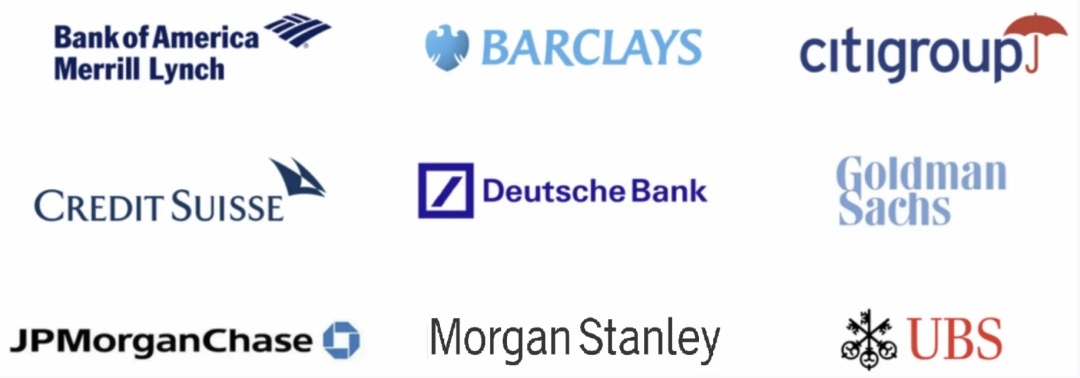
But Spitzer's ambitions did not stop there; his next target was the core of Wall Street—the top ten investment banks globally, including financial giants like Goldman Sachs, Morgan Stanley, and Citigroup.
In 2003, Spitzer's investigations revealed that the analysis departments of these major investment banks generally had serious conflicts of interest. Their analysts exaggerated the prospects of recommended stocks to secure investment banking business, even encouraging retail investors to buy stocks they knew were of poor quality.
For instance, Morgan Stanley analyst Mary Meeker highly recommended shares of a tech company called Drugstore.com, leading many investors to follow suit. However, in internal emails, she privately expressed to colleagues that the company's prospects were poor and "not worth investing in." This statement was later disclosed by Spitzer's team, sparking public outrage.
Using the Martin Act, Spitzer swiftly launched a relentless investigation against these top investment banks. Ultimately, the top ten investment banks on Wall Street had to collectively concede defeat, reaching a "global settlement" with regulators in 2003, totaling $1.4 billion.
In terms of specific fines, Goldman Sachs paid $110 million, Merrill Lynch was fined an additional $200 million, and Morgan Stanley paid $125 million. The investment banks were not only forced to pay hefty fines but also agreed to implement strict reforms to create a "firewall" between their analysis departments and investment banking operations to eliminate future conflicts of interest.
This case is referred to as "the largest and most far-reaching settlement agreement in Wall Street history" and represents the pinnacle of the Martin Act's power. From then on, the conflict of interest between investment bank analysts and investment banking operations became an insurmountable red line on Wall Street, leaving the entire financial industry still feeling the aftershocks.
3.3 The Trump Organization Case: Even Former Presidents Cannot Escape the Sanctions of the Martin Act

If the Merrill Lynch case and the top ten investment banks case exemplified the power of the Martin Act in the financial sector, the Trump Organization case showed that the Martin Act could even reach the most sensitive figures in the political and business worlds.
In February 2024, New York Attorney General Letitia James invoked the Martin Act to file a lawsuit against former President Trump’s business empire, accusing the Trump Organization of repeatedly inflating its asset values to obtain more favorable loan terms and insurance rates.
Investigations revealed that the Trump Organization had severely exaggerated the value of its properties. For example, Trump Tower in Manhattan was genuinely valued at about $500 million, but the Trump Organization claimed it was worth over $2 billion when applying for bank loans! There were dozens of similar incidents, which seriously misled lending banks and investment institutions.
Because the Martin Act does not require proof of whether Trump had subjective fraudulent intent, it only needed to demonstrate that these inflated figures misled financial institutions. Therefore, the New York court quickly ruled that the Trump Organization had engaged in fraudulent behavior and imposed a fine of up to $450 million, while Trump and his family business were restricted from conducting business activities in New York State.
Despite Trump's strong denial, faced with the clear provisions of the Martin Act and the low burden of proof, he ultimately had to accept the judgment, which severely impacted his business empire and showcased the ruthlessness and sharpness of the Martin Act to both the political and business realms.
3.4 Summary: The Side Effects and Controversies of the Martin Act
Through the Merrill Lynch case, the top ten investment banks case, and the Trump Organization case, it is evident that the Martin Act has almost become a universal key for the New York Attorney General to maintain order in the financial market. Any improper behavior involving securities or financial products that occurs within New York State is difficult to escape its regulation.
However, such extensive power has also brought controversy. Financial industry insiders generally believe that the extremely low enforcement threshold of the Martin Act may lead to regulatory abuse, affecting market innovation capabilities, and that companies could easily become victims of hefty fines due to minor missteps.
However, I believe that for the crypto market, the Martin Act is like a sword bestowed by heaven.
4. Why is the Martin Act a Sword Bestowed by Heaven?
Many may find it strange that this sharp "judicial blade" of the Martin Act frequently targets financial enterprises; isn't it hindering innovation and harming the market? Many in the crypto circle even view it as a "tyrant's sword" that could harm the innocent at any time.
But I want to tell everyone that for the current crypto market, the existence of the Martin Act is precisely a godsend opportunity for industry standardization.
Why do I say this?
In a word, heavy penalties are needed in chaotic times.
4.1 How Chaotic is the Crypto Market?
When it comes to the chaos in the crypto market, even the most optimistic believers must admit that it is somewhat outrageous. In just a few years, the crypto space has become a hotspot for global financial fraud, with various shocking scams emerging like mushrooms after rain, making it difficult to guard against.
Let’s look at some data:
According to a report from the Federal Trade Commission (FTC) in March 2025, titled "New FTC Data Show a Big Jump in Reported Losses to Fraud to $12.5 Billion in 2024," losses from cryptocurrency scams reached $1.4 billion in 2024, with investment scams accounting for $5.7 billion, totaling $12.5 billion in fraud losses, showing a growth trend. The global data is even more astonishing; according to Chainalysis's "2024 Global Crypto Crime Report," the total amount of global crypto fraud in the past year reached $19 billion, a year-on-year increase of 55%.
The methods of fraud are diverse and ever-changing:
The first is the classic "rug pull."

In early 2022, malicious projects represented by Squid Game Token exploited popular IP to hype their tokens, skyrocketing the price by tens of thousands of times in just a few days, attracting a large amount of retail investment. However, when the price peaked, the project team instantly emptied the liquidity pool, absconding with over $3.3 million in assets, leaving investors helpless as their assets went to zero. This entire process took only a few minutes, catching everyone off guard.
The second is the market manipulation technique known as "Pump & Dump."
Luna, involved with Galaxy Digital, is a typical example where Novogratz created a frenzy on social media, branding Luna as "the next generation stablecoin king," while quietly dumping his holdings, ultimately leading retail investors to suffer a severe drop. This method has been widely used in the industry; according to CoinGecko's 2023 data, over 60% of emerging cryptocurrencies experienced a crash within 90 days of their launch, with a significant portion showing clear signs of market manipulation.
The third is the Ponzi scheme disguised as a tech project.
The most famous cases are the collapses of Terra/Luna and FTX. Terra's founder Do Kwon promised annual returns of up to 20% through the Anchor protocol, attracting over $60 billion in funding within a year. However, this return was essentially a Ponzi scheme, where new investors' money was used to pay returns to old investors. Once the funding chain broke, the entire ecosystem collapsed, leaving millions of investors with nothing. FTX was even more absurd, with founder Sam Bankman-Fried presenting himself as a charitable star in front of the media, while behind the scenes, he used customer funds to support speculative activities at Alameda Research, ultimately leading to a $32 billion market value evaporating overnight.
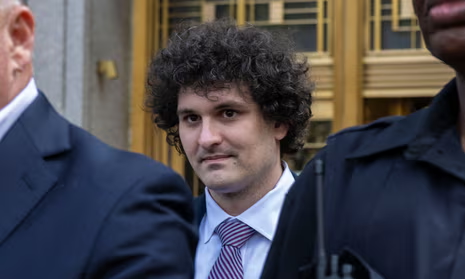
In addition to these major cases, retail investors constantly face threats from phishing attacks, hacking intrusions, and insider trading. PeckShield's report for the first quarter of 2025, titled "Crypto hacks top $1.6B in Q1 2025," shows that losses from hacking attacks on crypto platforms reached $1.63 billion in the first quarter of 2025, a 131% increase from $706 million in the first quarter of 2024, involving over 60 attacks.
The methods of attack are varied; some hackers steal private keys, some forge smart contracts, and there are even cases of project teams committing exit scams, leading to a shocking level of chaos.
Although these hacking incidents are beyond the reach of the Martin Act and the New York Attorney General, we should understand that it is precisely because of these attacks that more people are deterred from trying decentralized finance. Hacking attacks are undoubtedly crimes, and they are organized crimes, with some even being state-sponsored crimes, which we will discuss in detail another day.
4.2 Why is the Crypto Market So Chaotic?
The chaos in the crypto market did not arise out of thin air; it is rooted in a series of intertwined systemic, technical, and cultural factors.
First, there is a regulatory vacuum.
Over the past decade, the crypto market has been racing ahead at a speed beyond the imagination of regulators, while regulatory bodies have been slow to respond, allowing fraudsters, speculators, and adventurers to thrive in a barren land. For instance, the U.S. SEC and CFTC have long been at odds over how to define Bitcoin, Ethereum, and various altcoins, resulting in the market remaining in a legal gray area. At the end of 2022, when FTX collapsed, Patrick McHenry, chairman of the House Financial Services Committee, lamented that our slow action in regulating the crypto market allowed scams like FTX to grow and flourish.
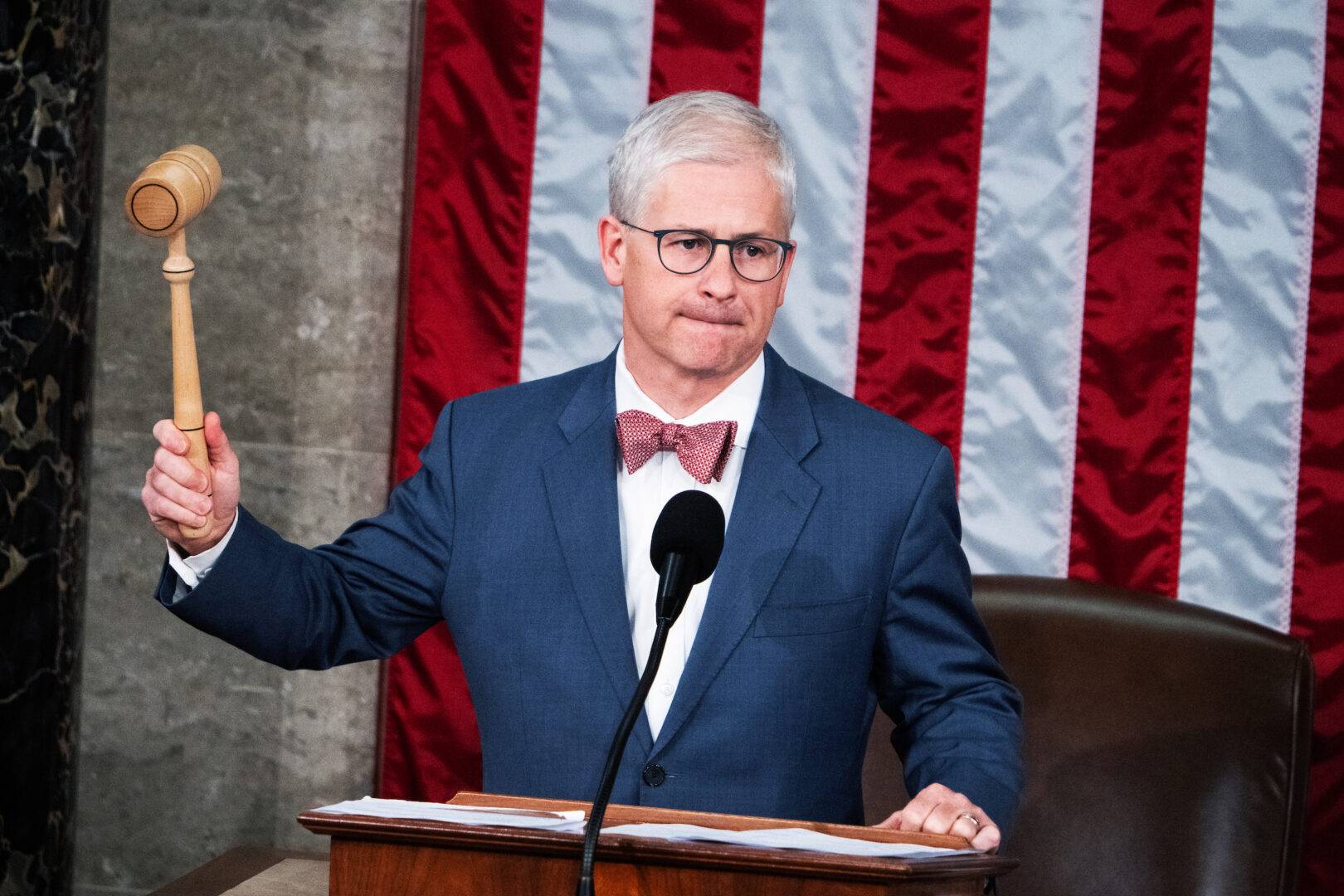
Secondly, there is a high technical barrier and severe information asymmetry.
Blockchain technology itself is relatively complex, making it difficult for ordinary investors to discern the truth. Project teams and exchanges control the vast majority of key data, leading to a severe lack of transparency. For example, during the Terra incident, the Anchor protocol promised an annual yield of 20%, but the underlying operational model was opaque, leaving many retail investors to blindly follow celebrity endorsements and purchase without understanding, ultimately becoming "the last bag holders." Just before the collapse of FTX, its founder Sam Bankman-Fried publicly claimed that "the platform has ample funds," yet investors could not obtain real proof of asset reserves, making this "black box" model easy for scams to implement.
Furthermore, there is a significant moral hazard driven by interests.
The crypto market has extremely high liquidity, allowing anyone to quickly issue a new coin and list it on exchanges to raise funds rapidly. Data shows that as of April 2025, there are over 13 million cryptocurrencies listed on CoinMarketCap, but fewer than a hundred have actual application value. The vast majority of other coins are essentially "air coins" or "junk coins." Driven by the enormous wealth effect, project teams, exchanges, and capital parties often collude to manipulate the market.
Additionally, the media's role in amplifying these issues cannot be overlooked.
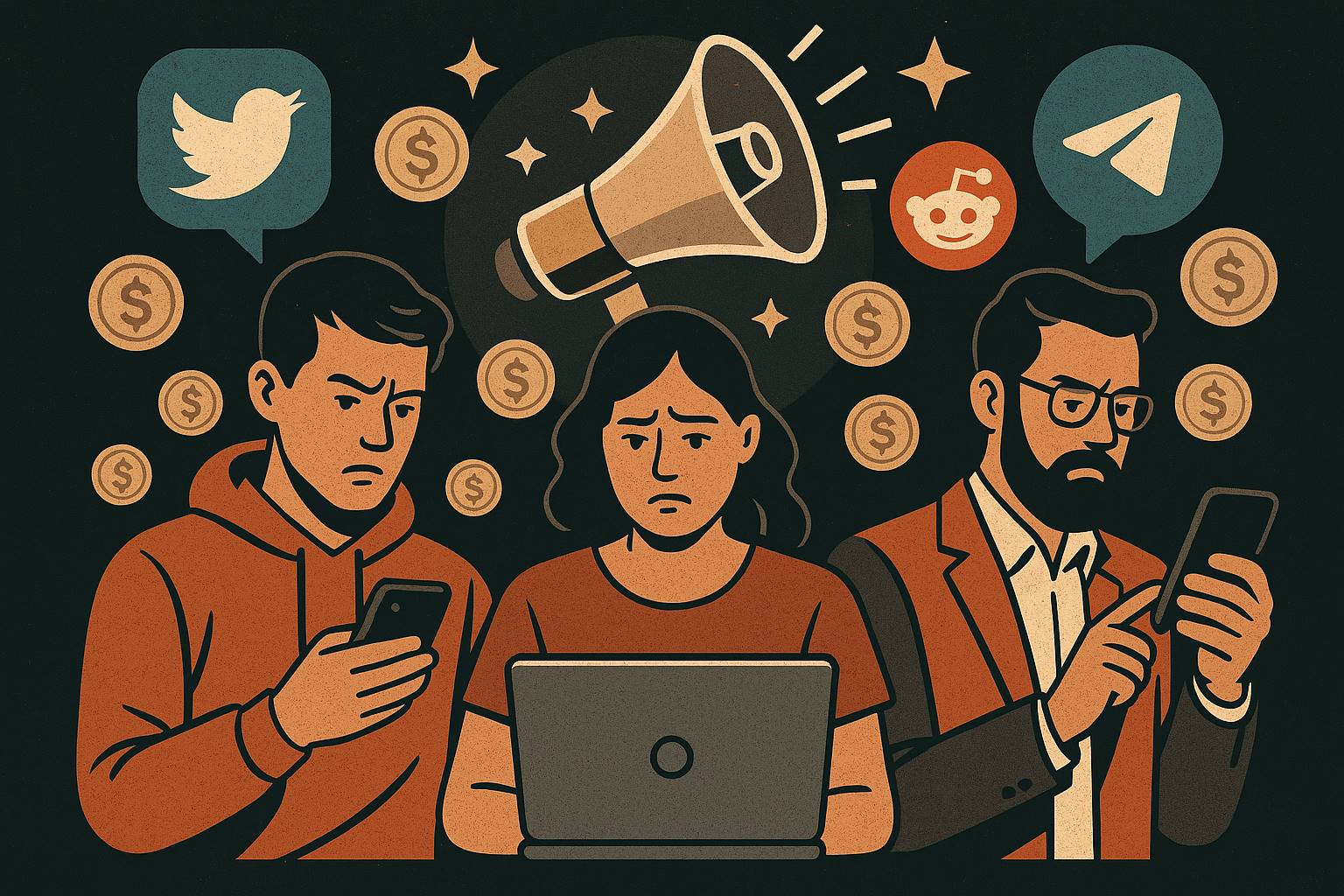
Many mainstream media outlets, especially social media, irresponsibly hype emerging projects for traffic. For example, Twitter, Reddit, and Telegram groups are filled with paid shills and KOLs making recommendations, often engaging in open market manipulation. CoinDesk reported that in just 2023, false promotional content on social media caused investors over $1 billion in direct losses. Many ordinary investors often lack the ability to discern the authenticity of this content and fall victim to it.
Moreover, there is a misuse of the decentralized ideology.
The crypto market inherently possesses a strong anti-authoritarian sentiment, and the advocacy for decentralization was originally intended to create a fairer financial environment. However, it has been exploited by numerous criminals to deliberately evade regulation and escape legal responsibilities. DeFi platforms often use "decentralization" as an excuse to not provide any information about project teams and refuse audits, leading to situations where, when user assets are stolen by hackers, the project teams not only refuse to compensate but also publicly state that "decentralization means users bear the risk." This abuse of decentralization has significantly exacerbated market chaos.
Finally, the lack of industry self-discipline and internal regulatory mechanisms has also intensified the disorder.
The traditional financial industry has developed strict self-regulatory mechanisms and compliance cultures over decades, while the crypto market is the complete opposite. Even leading exchanges like Binance and Coinbase are frequently exposed for violations, insider trading, and other issues. In November 2023, Binance and its CEO Changpeng Zhao admitted to money laundering and sanction violations, paying over $4 billion in fines (DOJ announcement).
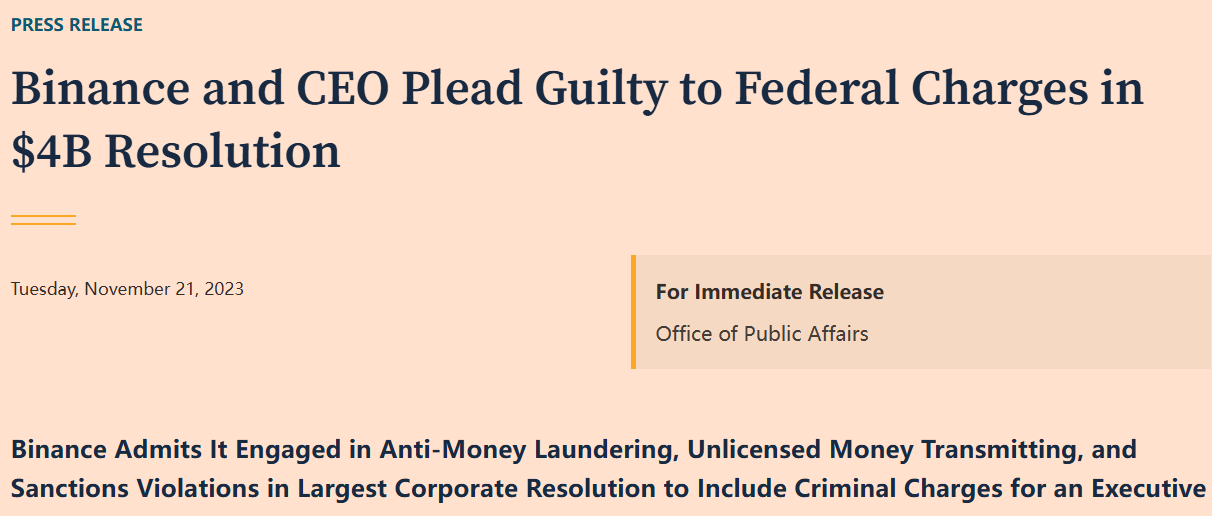
In summary, the chaotic state of the crypto market is due to a complex interplay of factors: regulatory lag, information asymmetry, moral hazard, and media amplification. These deep-seated issues have kept the entire market in a "Wild West" state for a long time, creating an excellent profit environment for numerous fraudsters and speculators.
Of course, it is precisely against this backdrop that the value of the Martin Act becomes prominent.
4.3 Why is the Martin Act a Sword?
Some say, "History does not repeat itself, but it often rhymes astonishingly." The chaos in today's crypto market mirrors the turmoil of the stock market a century ago, exemplifying this saying.
Let us turn the clock back to the early 20th century, when the U.S. stock market was experiencing a chaotic era known as the "Wild West." Just like today's crypto market, Wall Street at that time was filled with gold, with opportunities and scams shadowing each other, and chaos was rampant.
At that time, there was no SEC, nor was there a comprehensive securities legal system as we have today, making Wall Street a paradise for fraudsters. Numerous market manipulation, insider trading, and false advertising incidents were rampant. One of the most famous manipulators was "the stock king" Jesse Livermore. In the early 1920s, he used his massive financial advantage to spread false information and collude with brokerage firms to inflate stock prices, then sold off at high prices to cash out. He made over $100 million during the 1929 stock market crash (equivalent to tens of billions today), while tens of thousands of ordinary investors lost everything overnight.
The securities market at that time was similar to today's crypto space: there were no strict legal constraints, and all actions were in a regulatory void. A company could issue stocks at will, without having to disclose financial statements, undergo audits, or be accountable to investors. Brokerage firms could manipulate the market at will, leaving retail investors like lambs to the slaughter.

A famous example is the numerous notorious securities fraud cases that erupted in the U.S. in the early 20th century, with Charles Ponzi's Ponzi scheme being the most typical. Ponzi claimed he could arbitrage international postage stamps, offering investors an astonishing 50% return each month. In reality, he was merely using new investors' money to pay returns to old investors, sweeping up over $20 million (equivalent to hundreds of millions today) in just a year. Ultimately, the scheme collapsed, leaving investors with nothing and the market in chaos.
It was against this backdrop of rampant chaos that various states in the U.S. began to enact the earliest securities regulatory laws, known as "Blue Sky Laws," with the Martin Act being a representative statute. It was born in 1921 during the most chaotic and fraud-ridden period of New York's financial markets, with the original intention of protecting ordinary investors from various securities scams.
The severity and deterrent effect of the Martin Act quickly became evident in New York State. It strictly regulated the behavior of securities issuers and brokerage firms, imposing harsh penalties for false advertising and misleading investors. In the 1920s and 1930s, the Martin Act helped New York State rapidly curb rampant securities fraud. Through the swift and severe handling of several typical cases (such as the false oil company case and real estate fraud case), fraudulent activities in the market quickly decreased, and order gradually returned to the New York securities market.
In 1934, the U.S. federal government established the Securities and Exchange Commission (SEC) and enacted the Securities Exchange Act of 1934, drawing on the experiences of Blue Sky Laws, including the Martin Act, to further strengthen securities market regulation at the federal level. It was under such strong regulation that the U.S. securities market gradually became the most regulated, liquid, and credible financial market in the world.
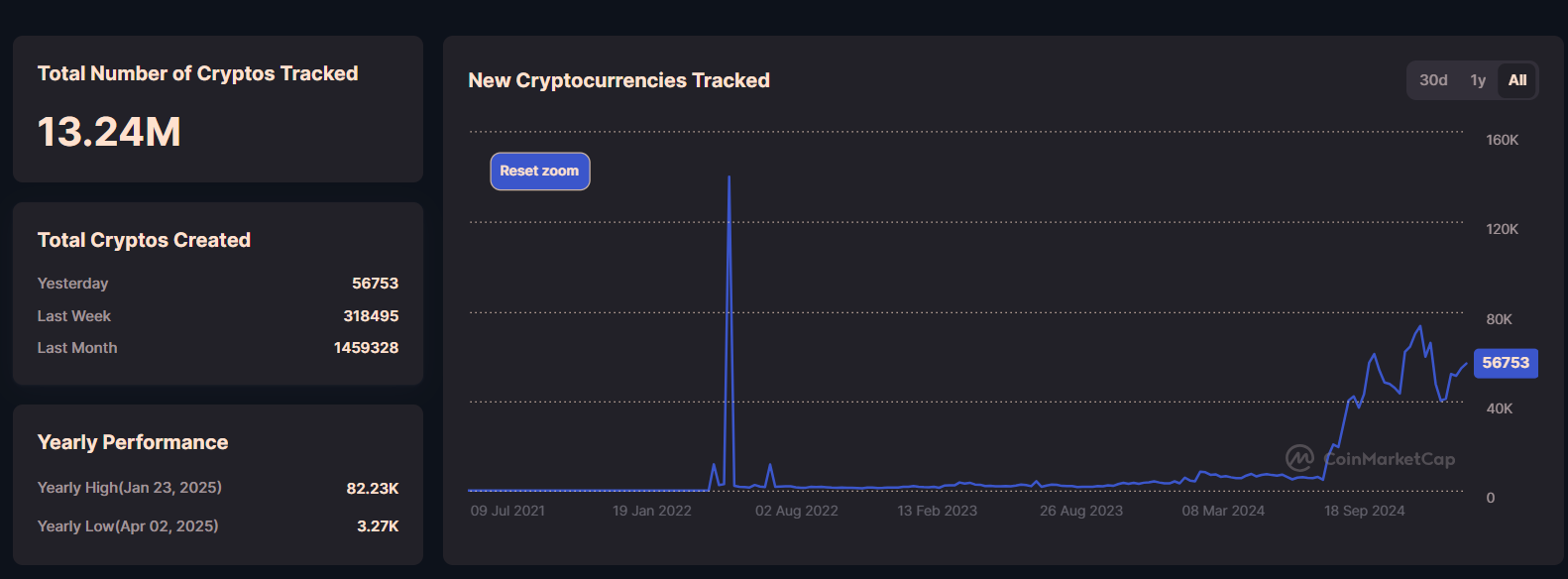
Today, the crypto market is in a wild growth phase similar to that of the early 20th-century stock market, with 56,000 new cryptocurrencies being born every day, totaling as many as 13.24 million. It is filled with innovative vitality but also riddled with countless hidden dangers and scams. Today's crypto market, like Wall Street of yesteryear, urgently needs a "severe regulatory storm" to end its wild growth and enter a path of healthy development.
Indeed, the Martin Act may carry a certain severity of "better to err on the side of caution," and its low burden of proof and high penalties may make many uncomfortable. However, history also teaches us that a truly fair market must be built on a strong legal deterrent. For those who trample on laws and rules, only severe punishment can restore order to the market and rebuild the confidence of ordinary investors.
The current chaotic landscape of the crypto market is strikingly similar to the wild growth of the early stock market. Learning from history, we should cherish the Martin Act, this century-old sword, as its regulatory role in the crypto market is far more important than the temporary "pain" it may cause.
Conclusion
History does not simply repeat itself, but it often rhymes in astonishing ways. A hundred years ago, the Martin Act was born in the chaotic Wall Street; a hundred years later, it is being called upon to save today's murky crypto market.
Some say, "Regulation is the enemy of innovation," but real history tells us, "Innovation without regulation will ultimately become a carnival for fraudsters." The reason Wall Street has been able to thrive to this day is not due to a lack of freedom, but because it has always stood behind a sharp legal sword.
In the financial world, without reverence, there is no safety; without regulation, there is no future. Although the sword of the Martin Act is sharp, it does not sever the path of innovation but rather cuts through fraud and greed. The law never hinders true innovation; it only clears away scams disguised as innovation.
A truly valuable free market will not fear the sword of the law.
Although the Martin Act is not a panacea, in the out-of-control crypto market, it is a sword that protects ordinary investors—imperfect, yet essential to grasp tightly.
免责声明:本文章仅代表作者个人观点,不代表本平台的立场和观点。本文章仅供信息分享,不构成对任何人的任何投资建议。用户与作者之间的任何争议,与本平台无关。如网页中刊载的文章或图片涉及侵权,请提供相关的权利证明和身份证明发送邮件到support@aicoin.com,本平台相关工作人员将会进行核查。




